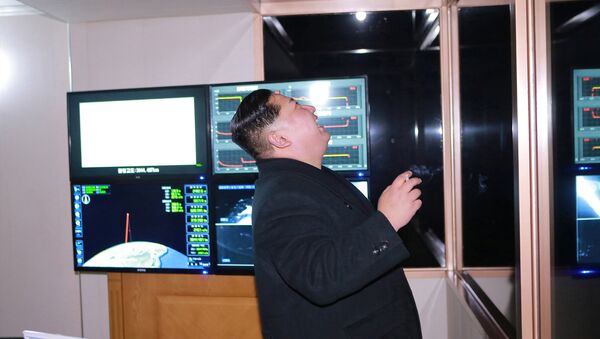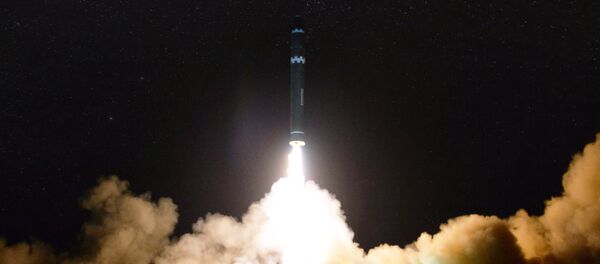The US knew that some kind of launch activity was poised to take place and "was able to observe preparatory work for the paved launch pad where the Hwasong-15's firing table was set up before midnight local time on November 28, nearly three hours before launch," The Diplomat's Ankit Panda reported Wednesday.
The 3 a.m. launch was supposed to show Pyongyang's ability to set up and fire its missiles in darkness and without warning, according to US observers. The presence of an observation stand on the launch pad is one of the indicators used by North Korea watchers to predict launches; for the most recent launch, a mobile stand was used, Business Insider reports.
The late November nighttime launch mirrors the country's July ballistic missile test, which broke with North Korea's general pattern of early morning launches and demonstrated increased flexibility in the country's launch procedures.
"The test-fire reconfirmed the reliability of the ICBM system, demonstrated the capability of making a surprise launch of the ICBM in any region…," the North's Korea Central News Agency (KCNA) said following the July test.
This operational capability was once again on display during the November ballistic missile test, but it didn't necessarily surprise US military and intelligence agencies, according to the Diplomat report.




